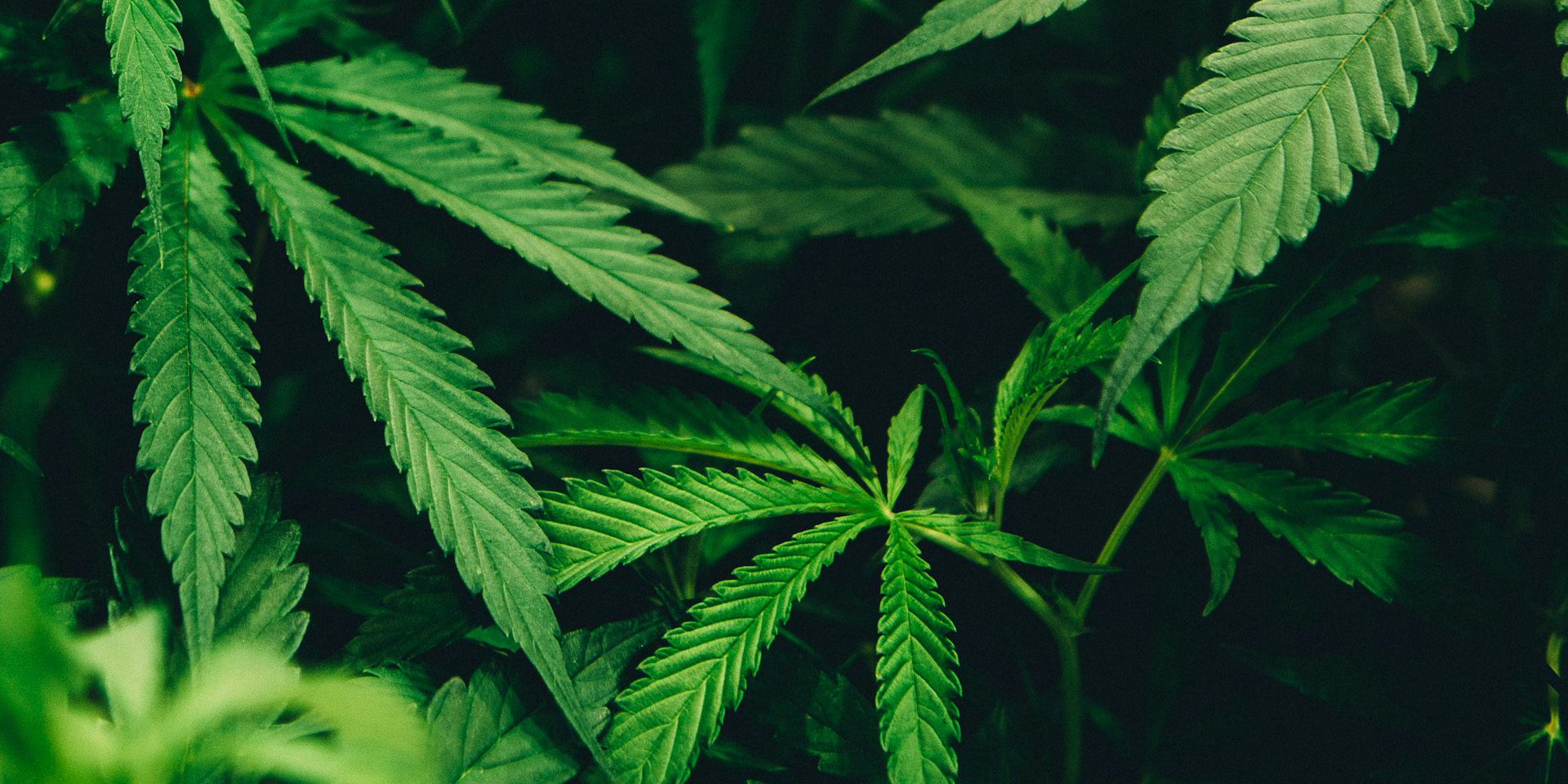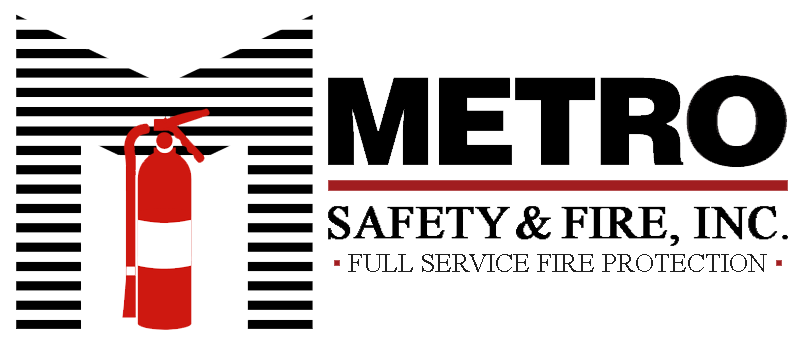- Published
- Author
- Name
- @thefireguyspdx
 Photo by Matthew Brodeur on Unsplash
Photo by Matthew Brodeur on Unsplash
The development of NFPA 420: Standard on Fire Protection for Cannabis Growing and Processing Facilities is a critical step for the rapidly expanding cannabis industry.
The new standards being developed were created in direct response to a series of serious fires at cannabis facilities in recent years. The intentions for the new standards, are to provide clear guidance for minimizing the risk of fires & explosions in cannabis processing plants, cultivation sites and extraction labs. Until this standard is fully developed cannabis facilities must adhere to International Fire Code (IFC), when adopted by the local authority, and NFPA 13 and 72 as a minimum.
By following these guidelines, cannabis businesses can create safer environments for both employees and first responders, while also showing a commitment to responsible, safety-focused operations.
In addition to reducing risk, having a standardized set of safety practices in place may also lead to benefits like more favorable insurance terms and a smoother permitting process.
Understanding the unique risks in the cannabis industry, NFPA 420 will include guidelines that:
- Set standards for safer construction, including fire-resistant materials, proper wall and ceiling finishes, and limits on flammable items like plastic sheeting used in grow rooms.
- Provide rules for sprinkler systems, covering how they should be designed and installed in grow areas and spaces between rooms - especially when dealing with things like movable racks and heat sources.
- Tackle the heavy electrical demands from grow lights and ventilation systems, with properly rated and safely installed wiring, effective grounding practices, appropriate overload protection and the use of high quality certified electrical equipment.
- Ensure proper ventilation in all areas of cultivation to keep heat, humidity, and hazardous vapors safe and manageable.
- Lay out safe storage and handling practices for potentially dangerous and flammable materials like fertilizers, herb, insect & fungicides, and extraction solvents – both organic and inorganic.
- Cover the use of CO₂ enrichment - requiring gas detectors, emergency ventilation, and clear signage to reduce the risk of asphyxiation.
- Promote safe removal of flammable waste, including cannabis trim to help prevent unintended fires.
- Highlight emergency preparation by emphasizing the importance of clear exit plans, fire
It's important for cannabis businesses to stay in the loop as NFPA 420 continues to develop and make sure their operations keep up with the latest safety standards. Working with fire protection pros, code consultants, or even your local Fire Marshal can go a long way in making sure your facility stays compliant and safe - especially with the unique fire risks in the cannabis industry.
Open to the public and free to sign up, NFPA offers a comprehensive list of codes and standards for fire and life safety - whether for your home, business, or specialized operations like cannabis facilities. You’ll also find educational articles, safety tips, tools, and other helpful resources to stay informed and prepared.
Sources:
- NFPA
- Inspect Point Podcast with chemical engineer and committee chair of NFPA 420 Melinda Amador
- FSJA
- TERPconsulting
- Canngineers
Fires:

